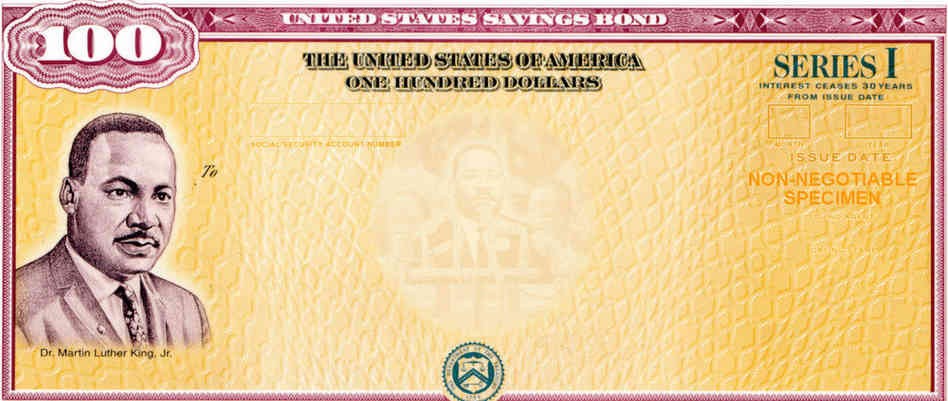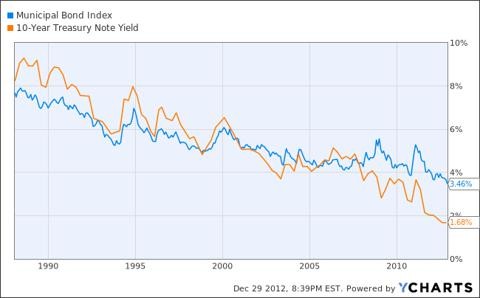Is Now the Time to Buy Bonds For Dummies
Post on: 16 Март, 2015 No Comment

After suggesting a bond portfolio or any other kind of portfolio to a new client, dealers often hear, “But. is now a good time to invest in bonds?” The answer is yes .
You cant predict the future of interest rates
With stocks, the big concern people have is usually that the market is about to tumble. With bonds, the big concern especially these days is that interest rates are going to rise, and any bonds purchased today will wither in value as a result.
But interest rates are almost as unpredictable as the stock market. Yes, the government has more control over interest rates than it does the stock market, but it doesnt have complete control, and the actions it decides to take or not take are not for you to know.
And furthermore, even if you could predict interest rates (which you cant), and even if you did know that they were going to rise (which you dont), now still is a good time to buy bonds.
This is assuming, of course, that youve done the proper analysis, and youve decided that more bonds belong in your portfolio, and you have cash in hand. What do you do with it? You have three savings/investing options, really:
Keep it in cash.
Invest it in equities.
Invest it in fixed income.
If you invest in equities (stocks, real estate, commodities), you mess with your overall portfolio structure, making it perhaps too risky. If you keep cash (a savings or money market account), you earn enough interest to maybe keep up with inflation but after taxes, probably not. In either scenario, you lose.
Now, suppose you choose to go ahead and buy the bonds, and interest rates, as you feared, do rise. That isnt necessarily a bad thing. Yes, your bonds or bond funds especially those with long maturities will take a hit. The value of the bonds or the price of the bond-fund shares will sink. In the long run, though, you shouldnt suffer, and you may even benefit from higher interest rates.
After all, every six months with individual bonds, and every month with most bond funds, you get interest payments, and those interest payments may be reinvested. The higher the interest rate climbs, the more money you can make off those reinvestments. Waiting for interest rates to fall which they may or may not do just doesnt make sense.
When interest rates are very low, as they are these days, it makes sense to lean your bond portfolio more toward the short-intermediate side than the long-term. Yes, youll get a lesser yield, but youll take a softer punch when interest rates do rise.
A good aim normally is an average maturity in your bond portfolios of five to seven years. These days, you might accept the lower yield that comes with a bond portfolio with an average maturity of three to five years.
Dont pay too much attention to the yield curve
Another difficult decision for bond investors putting in fresh money occurs at those rare times in history when we see an inverted yield curve. The yield curve refers to the difference between interest rates on long-term versus short-term bonds. Normally, long-term bonds pay higher rates of interest.
If the yield curve is inverted, that means the long-term bonds are paying lower rates of interest than shorter-term bonds. That situation doesnt happen often, but it happens. The reasons for the yield curve are many and complex, and they include inflation expectations, feelings about the economy, and foreign demand for U.S. debt.
Whatever the reasons for an inverted yield curve, it hardly makes sense to tie up your money in a long-term bond when a shorter-term bond is paying just as much interest or possibly a slight bit more. Or does it?
Some financial planners disagree, but its not always a bad idea to invest in longer-term bonds even when the yield curve is a slight bit inverted. Remember that a large reason youre investing in bonds is to have a cushion if your other investments (such as stocks) take a nosedive.

When stocks plunge, money tends to flow (and flow fast) into investment-grade bonds, especially Treasuries. Initially, the “rush to safety” creates the most demand for short-term bonds, and their price tends to rise.
Over time, however, a plunge in the stock market often results in the feds lowering interest rates (in an attempt to kick-start the economy), which lifts bond prices especially the price of longer maturity bonds. In other words, long-term Treasuries are your very best hedge against a stock market crash.
Consider another reason for investing in longer-term bonds, even if they arent paying what short-term bonds are paying. What if interest rates drop, regardless of whats going on in the stock market? Sometimes interest rates fall even when the stock market is soaring.
If thats the case, once again, you may wish that you were holding long-term bonds.
Adhere or not to dollar-cost averaging
Instead of throwing all your money into a bond portfolio right away, some people say it makes more sense to buy in slowly over a long period of time. As the argument goes, you spread out your risk that way, buying when the market is high and when the market is low.
And if you invest equal amounts of money each time, you tend to buy more product (bonds or fund shares) when the market is low, potentially adding to your bottom line. This approach to investing is called dollar-cost averaging.
Dollar-cost averaging makes some sense if you are taking freshly earned money and investing it. If you have an existing pool of cash, however, it simply doesnt make sense. The cash you leave behind will be earning too little for the whole scheme to make any sense.
If you have a chunk of money waiting to be invested, and you have an investment plan in place, go for it. Buy those bonds you were planning to buy. Theres no reason to wait for just the right moment or to buy in dribs and drabs.
- Add a Comment Print Share














